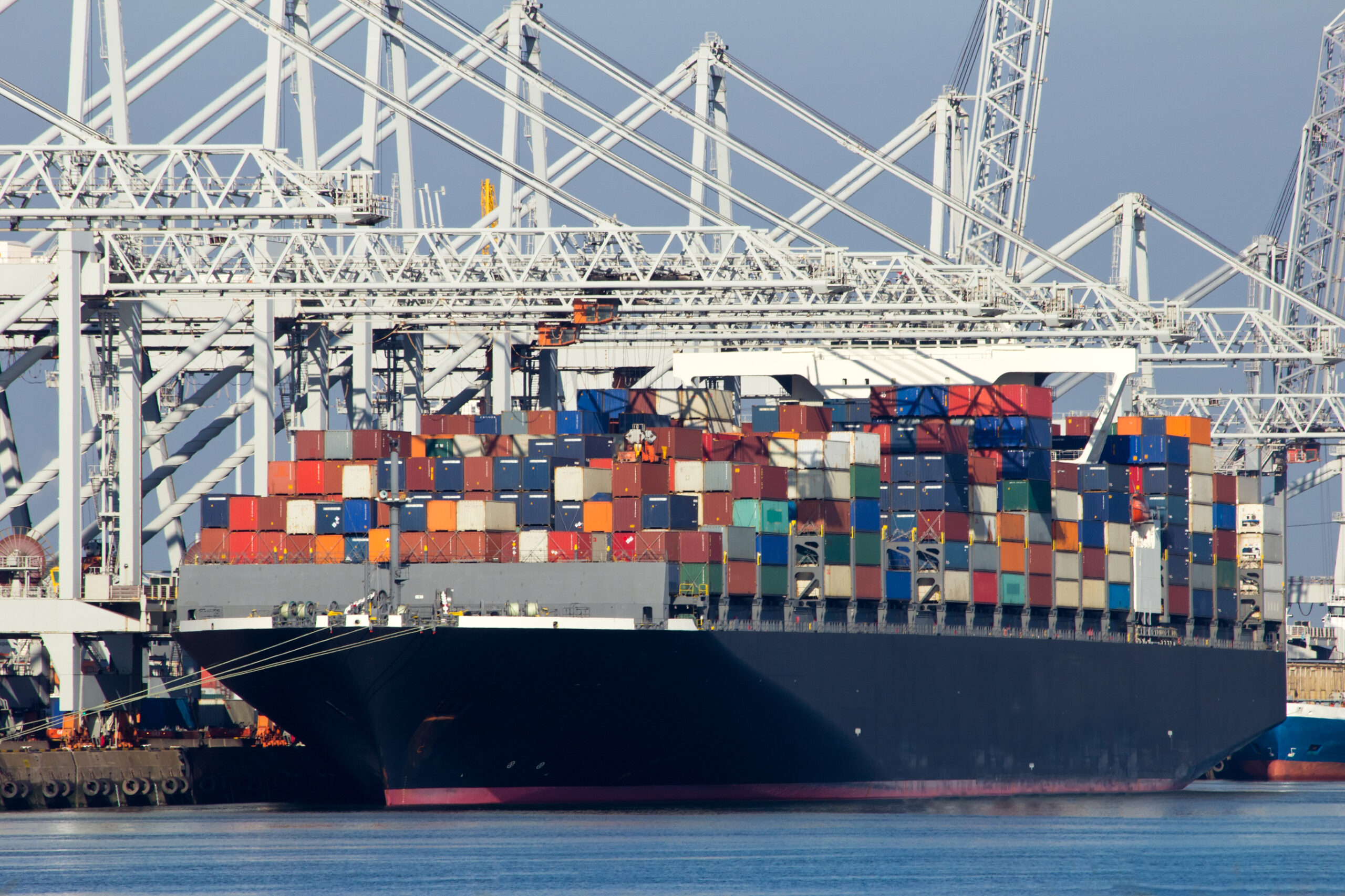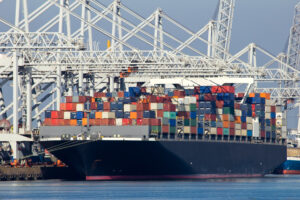Global merchandise trade outpaced expectations in the first half of 2025, driven by increased spending on AI-related products, a surge in North American imports ahead of tariff hikes, and strong trade among the rest of the world. In response, WTO economists raised the 2025 merchandise trade growth forecast to 2.4% (up from 0.9% in August). However, the 2026 projection has been lowered to 0.5% (from 1.8%). Global services exports growth is expected to slow from 6.8% in 2024 to 4.6% in 2025 and 4.4% in 2026, according to the World Trade Organization (WTO).
WTO economists on October 7 Global Trade Outlook and Statistics update note that trade growth will likely slow in 2026 as the impact of the cooling global economy and new tariffs set in.
With higher tariffs taking effect in August, some of the impacts projected in the WTO Secretariat’s April 2025 forecast are now likely to materialize later in the year and into 2026.
The world merchandise trade volume growth is expected to slow from 2.8% in 2024, to 2.4% in 2025 and 0.5% in 2026. The projection for global GDP growth is 2.7% for 2025 and 2.6% for 2026. While the 2025 merchandise trade forecast has been revised upwards from the April and August projections, the downgrade for 2026 results in a similar overall impact over the two-year horizon.
This indicates that the tariff impact has shifted into 2026, with the slight improvement reflecting that some inventory build-up in early 2025 -particularly of durable goods- will not be fully reversed in 2026.
WTO economists highlight that the key downside risk to the forecast is the spread of trade-restrictive measures and policy uncertainty to more economies and sectors. On the upside, sustained growth in trade for AI-related goods and services could provide a medium-term boost to global trade.
Asia and Africa are expected to record the fastest export volume growth in 2025, with modest performances also anticipated from South and Central America the Caribbean and the Middle East, while Europe will likely see slower growth.
North America and the Commonwealth of Independent States (CIS) face declining exports. Least-developed countries (LDCs) are expected to show robust export gains but face weakening trends ahead.
On the import side, Africa and LDCs are set to experience the fastest growth, contrasting with a contraction in North America. In 2026, only North America, Europe and CIS will post an improvement in export performance; all regions will record weaker import performance in 2026.
WTO economists’ forecast for world commercial services trade in volume terms has also been revised taking into account current GDP and merchandise trade forecasts.
Services export growth is now expected to slow from 6.8% in 2024 to 4.6% in 2025 and 4.4% in 2026. These estimates are slightly stronger than the April forecast which took account of the impact of tariffs, but still weaker than what would have been expected without the new tariffs. Although not directly subject to tariffs, services trade can be affected indirectly though links to goods trade and output.
The reduced outlook for 2025 reflects weaker expected growth in Transport (2.5%, down from 4.5% in 2024) and Travel (3.1%, down from 11% last year due to post-pandemic recovery).



